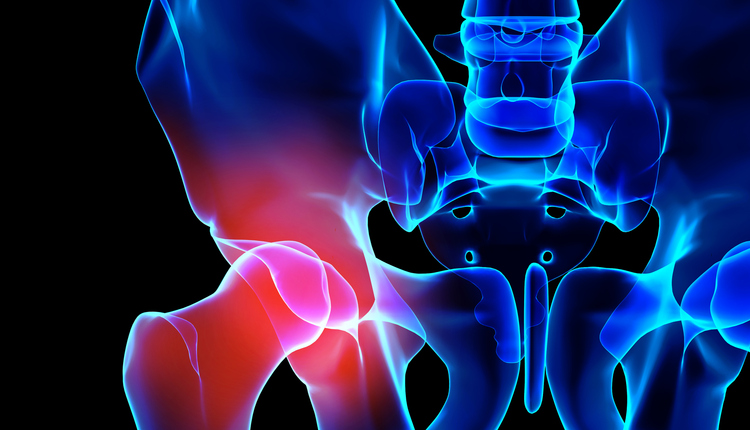The certified personal training (CPT) business has many perks. We get to select our own work schedules, pick and choose which clients we want to work with, most of us are allowed to charge our own rates and usually uniform requirements are no more than athletic shorts and a nice polo shirt. All in all we have, in my opinion, the greatest job in that we get the opportunity to help people improve themselves every day. However, there is one major part of your CPT career that many of us do not think about or plan for.
Have you thought about what you will do once you retire? Have you even thought about retirement and at what age you want to call it a career? A mere three percent of CPT employer's offer retirement options like a 401K. Are you building toward your retirement? Retirement is a huge part of your career -- actually it's the most important, it's the light at the end of the tunnel and you need to be ready for it when the time comes. Here are two strategies you can implement into your current routine to assist you in preparing for your retirement and be ready for any major financial requirements that come about unannounced.
The "Rainy Day" Fund
It comes out of nowhere. You are driving along one day and you hear something break on your vehicle. A mechanic informs you it's going to cost thousands of dollars to repair your vehicle. After falling off the swing set at school you find your son has broken his arm in three places. After a visit to the emergency room and surgery to repair his injury you discover you have to pay your full deductible. Years of running and jumping into the water have done damage to the family dog and after a routine checkup the vet informs you that your dog needs medication, physical therapy and/or a hip replacement (this really happens!). Your furry little friend needs your financial support to live pain free and you are stuck holding the check.
Life happens and we need to be prepared for it. Instead of pulling from your retirement fund (which we will discuss in the next paragraph) you can set up a "rainy day" fund in which you can remove funds when needed. The "rainy day" fund can be used for emergencies and for making payments on rare requirements such as re-certification, continued education events (clinics, conferences, etc.), membership dues, uniforms, fitness equipment and such. To feed this fund I suggest setting up an automatic removal from your primary checking into a savings account. I suggest starting by removing one or two percent of your bi-monthly deposits into your "rainy day" fund. The ultimate goal for this account can grow as large as you like however, I suggest nothing more than 10 percent (anything more should be saved for retirement). Over time this account will prove to be very useful, just make sure to keep feeding it no matter what.
The Retirement Fund - A.K.A "The Vault"
The retirement fund should be set up much like the "rainy day" fund in that bi-monthly automatic removal of funds should be transferred over. I suggest starting with five percent of your deposits and eventually grow it to a 20 percent transfer, if possible. Retirement is going to be a big part of your life and you need to be financially stable when you get to that point in your career. To achieve the financial goals that you would like for your retirement you need to create what I like to call a "retirement blueprint." What age will you officially retire? Once retired, will you move to a new location? Do you plan to own your house or rent it? How much money do you need to live life the way you want to each month? Do you want to travel? All of these questions come into play when creating your "retirement blueprint" and they need to be addressed.
This doesn't mean that your blueprint cannot be changed once created. Nothing is set in stone. A blueprint is exactly that, a sketch of how you would like things to go but if, along the way, you need to make changes you simply erase a few lines and draw in the new blueprints. You have heard the old saying, "a good plan is like a roadmap: it shows the final destination and usually the best way to get there," (H. Stanley Judd) well, that is exactly what we are creating for you, your roadmap to retirement. I know it may seem far-fetched to think about your retirement. Some of you may be 50 years away from that day and others might be 20. Nonetheless, it is never too soon to start preparing for retirement. Think about how fast the last 10 years of your life has gone. Ten years ago I was a junior in college and yet the memories from that time seem like only a year or two ago. My point is this: Time goes by very quickly and retirement will be here before you know it.
I don't want you to spend your entire life working. I want you to eventually have the time to relax and reflect on what a great impact you have had on all your clients. The life of a certified personal trainer is challenging and rewarding all at the same time. We are not allowed to have "bad days," as our clients feed off of our energy. Like Alwyn Cosgrove always says, "We can have great days and good days, but we can never have bad days." Even if you feel awful you still have to be a true professional, put on that smile and give your clients all that you have and all that they deserve. Your retirement is going to be the time in your life where you don't place someone else's experience ahead of yours. Your retirement is exactly that, YOURS! I want you to live comfortably, do the things you have always dreamed of doing and enjoy yourself after many great years of improving other people's lives.
Oct. 31 2011



















